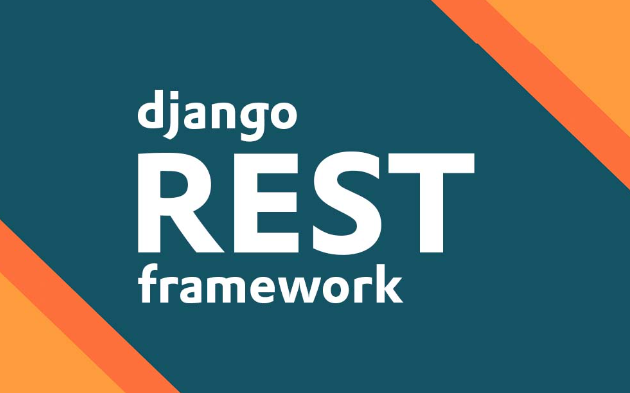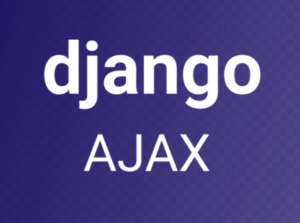Django Rest Framework (DRF) is a powerful toolkit for building APIs (Application Programming Interfaces) using Django. It provides a set of features and tools to simplify API development, including serialization, authentication, permissions, and more. Here’s an overview of building APIs with Django Rest Framework:
- Installation:
- Install Django Rest Framework using pip:
pip install djangorestframework. - Add
'rest_framework'to theINSTALLED_APPSlist in your Django project’s settings file.
- Serializers:
- Serializers convert complex data types (such as Django models) to Python data types and vice versa.
- Define serializers by subclassing
serializers.Serializerorserializers.ModelSerializer. - Specify the fields you want to include/exclude, and customize serialization behavior.
- Serializers handle validation, deserialization, and serialization of data.
- Views:
- Views define the API endpoints and handle requests from clients.
- DRF provides various view classes, including
APIView,GenericAPIView,ModelViewSet, etc. - Views map HTTP methods (GET, POST, PUT, DELETE, etc.) to corresponding actions (list, create, retrieve, update, destroy).
- Define view classes by subclassing appropriate DRF view classes and associating them with models and serializers.
- URL Routing:
- Define URL routes for your API endpoints in the project’s
urls.pyfile. - Use DRF’s
routerto automatically generate URL routes for viewsets. - Manually define URL routes for other views using
path()orre_path().
- Authentication and Permissions:
- DRF provides authentication and permission classes for securing API endpoints.
- Configure authentication classes (e.g.,
TokenAuthentication,SessionAuthentication) to control how clients authenticate themselves. - Apply permission classes (e.g.,
IsAuthenticated,IsAdminUser) to restrict access to API endpoints based on user roles.
- Pagination:
- DRF supports pagination to handle large result sets in a resource-efficient manner.
- Configure pagination classes (e.g.,
PageNumberPagination,LimitOffsetPagination) to control how results are paginated.
- Response Formats:
- DRF supports multiple response formats, including JSON, XML, HTML, etc.
- Clients can specify the desired format through the
Acceptheader or URL suffix. - DRF automatically handles content negotiation and returns responses in the appropriate format.
- Handling Errors:
- DRF provides built-in exception handling and error responses.
- Custom error handling can be implemented by subclassing
exception_handlerand overriding default behavior.
- Testing APIs:
- DRF includes tools and utilities for testing APIs.
- Use DRF’s test classes and assertions to write tests for your API endpoints.
Django Rest Framework offers a comprehensive set of features and tools for building robust and well-documented APIs. It simplifies the process of API development by providing a consistent and powerful framework. For detailed information and examples, refer to the Django Rest Framework documentation: https://www.django-rest-framework.org/.



